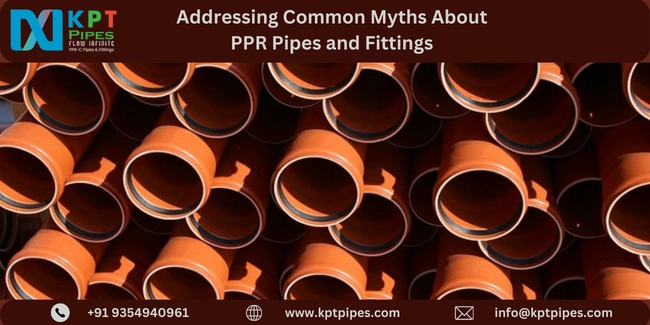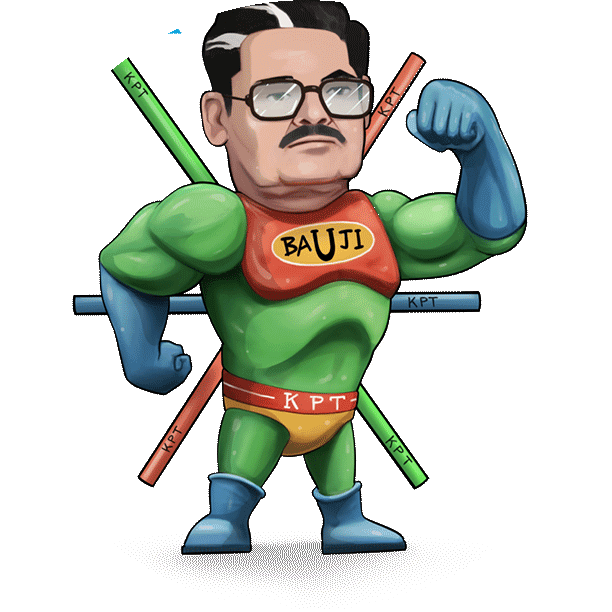
24 Jan Addressing Common Myths About PPR Pipes and Fittings
In the realm of plumbing solutions, Polypropylene Random Copolymer (PPR) pipes and fittings have gained significant traction due to their durability, versatility, and cost-effectiveness. However, misconceptions and myths often surround these materials, leading to confusion among consumers. This article aims to debunk some prevalent myths about PPR pipes and fittings, shedding light on their actual characteristics and benefits.
Myth 1: PPR Pipes Are Prone to Leaks
One of the most common misconceptions about PPR pipes is their alleged susceptibility to leaks. In reality, PPR pipes boast remarkable leak resistance due to their fusion welding method during installation. The heat fusion welding creates seamless joints, eliminating the risk of leaks at connections. When installed correctly by a professional, PPR pipes offer superior leak-proof performance compared to traditional piping materials.
Myth 2: PPR Pipes Are Not Durable
Some individuals believe that PPR pipes lack durability. Contrary to this belief, PPR pipes exhibit exceptional durability and longevity. They are highly resistant to corrosion, rust, and chemical reactions, ensuring longevity even in harsh water conditions. Additionally, PPR pipes’ ability to withstand high temperatures and pressure variations without compromising their structural integrity further attests to their durability.
Myth 3: PPR Pipes Have Limited Applications
Another misconception is that PPR pipes have limited usage scenarios. On the contrary, these pipes and fittings are versatile and suitable for various applications, including potable water systems, heating systems, industrial pipelines, and more. Their adaptability to diverse environments, coupled with their non-toxic and hygienic properties, makes them an ideal choice for both residential and commercial purposes.
Myth 4: PPR Fittings Are Challenging to Install
Some believe that installing PPR fittings requires specialized expertise and complex procedures. However, PPR fittings are designed for straightforward and efficient installation. The heat fusion welding technique used to connect PPR pipes and fittings ensures a secure and leak-free joint. Professional plumbers can easily handle the installation process, making it a convenient choice for construction projects.
Myth 5: PPR Pipes Are Expensive
While the initial cost of PPR pipes and fittings may seem higher compared to some traditional alternatives, their long-term cost-effectiveness makes them a wise investment. Their durability and low maintenance requirements result in reduced repair and replacement costs over time. Moreover, their energy-saving properties, such as heat retention, contribute to cost savings in heating applications.
Conclusion
Polypropylene Random Copolymer (PPR) pipes and fittings offer numerous advantages in the realm of plumbing solutions, yet misconceptions persist regarding their performance and suitability. It’s crucial to dispel these myths and recognize the true value that PPR pipes bring to various applications. Their durability, leak resistance, versatility, and cost-effectiveness make them a reliable choice for modern plumbing needs. By understanding the reality behind these myths, consumers can make informed decisions and harness the benefits offered by PPR pipes and fittings in their projects.


